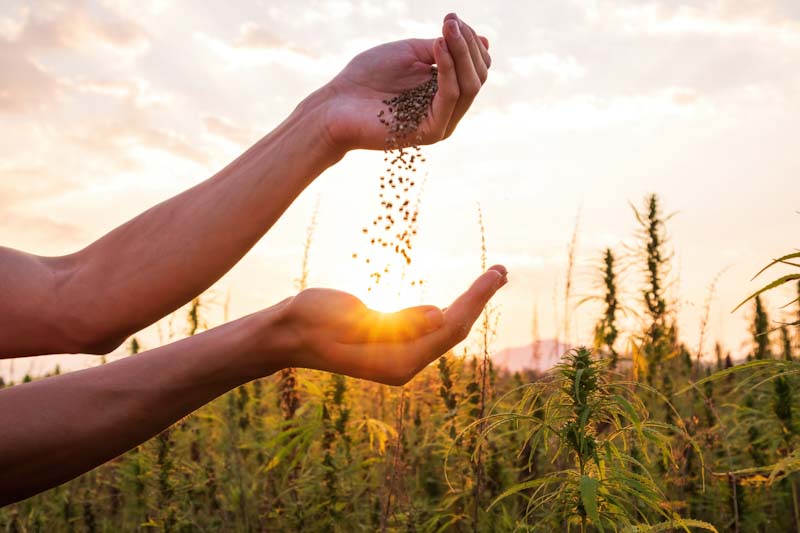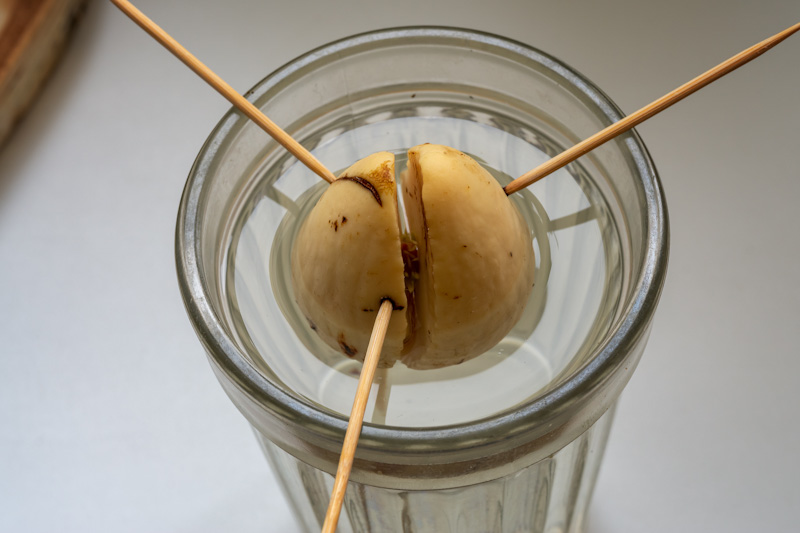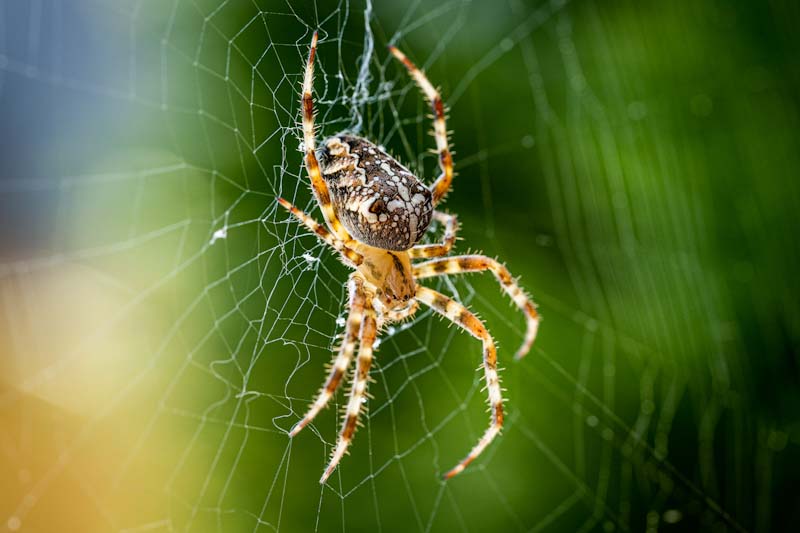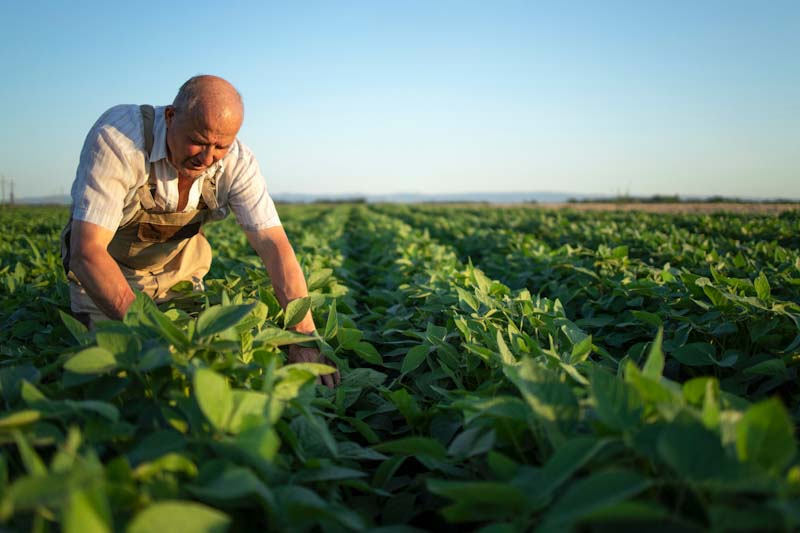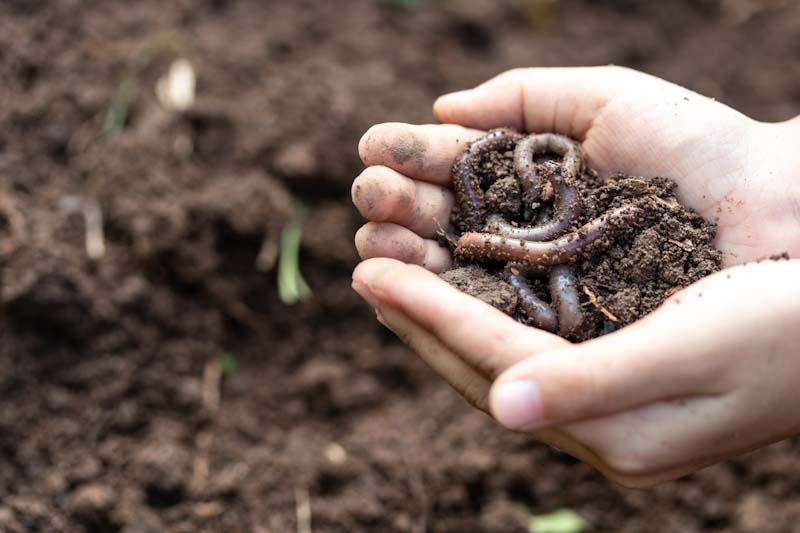Seed saving is a valuable skill for preppers and gardeners, and it helps us keep our gardens thriving no matter what the future may throw at us. However, saving and sharing seeds with people within your community is equally important because it helps us learn about food security, biodiversity, and the nutritional benefits of growing food close to home.
It all starts with the humble seeds, and there are various reasons why you should grow, save and share the seeds you’ve collected.
Sharing seeds helps heirloom varieties to be passed from one generation to another, and these seeds usually come along with various stories that are part of our culture.
Growing plants from local seeds is highly beneficial for your region, especially for beginners, since the plants grown from these seeds are robust and adapted to the climate conditions in a certain area. Not only is there less room for failure for beginners, but the food they will harvest will be fresh, tasty, and nutritious. And these, in my opinion, are the perfect incentives to motivate new gardeners.
Sharing seeds with people in your area helps build a community, and gathering gardeners together helps build long-lasting relationships that will help you feed each other, and ultimately, it can provide food security for the entire region.
Trading seeds with your fellow gardeners also helps you discover new varieties to try, and most importantly, it will help you discover new plants to grow in your region, which you probably thought won’t do well in your microclimate.
Now regardless of the reasons you want to share seeds with other gardeners, I recommend looking for a seed swap in your region during springtime. If you aren’t lucky enough to find one nearby, you shouldn’t give up, and you should consider organizing one.
It’s quite easy to do so as long as you keep three factors in mind; location, merchandise, and advertising. Other than this, there are literally no rules to such gatherings, and you can improvise as you wish. I’ve been to quite a few seed swaps, and some were simple with just seed exchanging, while other gatherings offered food, organized giveaways, and even a raffle.
Location is everything
The first thing you need to do is find a site with high visibility or at least a location that is well-known by the community. This location should be easily accessible, and there should be plenty of room outside for street signs. In general, hotels are great locations for a seed swap because they provide a meeting room that can be rented for the day, and there’s also plenty of room for signs by their street. Not to mention that hotels usually have plenty more than enough room for parking.
Another option would be to use the local public library since it also has meeting rooms and parking available. However, many public libraries may not be on the main road, and it could be harder for people to find them.
Your County Extension office could also provide you with a space to hold such an event since their mission is similar to yours. However, keep in mind that their office may be even harder to find and usually out of the way for people who are not involved in agriculture.
And lastly, look into local businesses like food markets, garden centers, and similar stores that may like the idea of having a large gathering of people on the premises.
Once you manage to pinpoint a few locations for your seed swap, ask about fees and the hours when the space they have would be available. Also, ask if chairs and tables are available since these will be needed. In general, you should allow at least one hour before the event for setup and one hour or more for after the event for break down and cleaning.
After finding the location, you should pick a date and time for the seed swap event. Some folks prefer to pick the last Saturday of every January because it is National Seed Swap Day. It’s really up to you to find a good day for the event, and you can do so from mid-February through the end of March. I usually don’t go to seed swaps when there’s too much snow and the days are shorter since people aren’t thinking about gardening. I found the month of March to be the perfect time of the year for such gatherings.
Regarding the duration of the event, some make it a one-day event, while others prefer to make it a two-day gathering since more people are likely to attend. Saturdays tend to work best for such events. The event can last from four hours to all day.
Earn Your Food Independence NOW
Gathering the merchandise
Since the stars of the show are the seeds, you need to make sure there are plenty to go around. You need to have enough merchandise for the people.
One thing you can do is contact local seed companies and ask if they would be willing to donate some of their seed stock. They will get free advertising, and people will be able to get seeds that are not genetically modified. To find the right seed companies, you should run an internet search for your area for “organic seed” or “heirloom seed”. You can get even more specific and search for vegetables, fruits, flowers, and herbs too.
The idea is to gather heirloom or open-pollinated seeds and provide them to seed swappers attending your event. They will be able to grow these seeds, save some and bring them back for trading the following year.
When you find companies willing to donate their seed stocks that didn’t sell, also ask for catalogs that you can distribute to attendees. They will be more than happy to send their own materials for free advertising.
Get the word out in your community and let people know that you are looking for local seeds for the seed swap. You can invite your gardening friends to the seed swap and pretty much anyone that has a stash of seeds. To do so, you can use social media and get in touch with people from various farming and gardening groups.
Another thing that you can do is to call regional farmer markets and enquire about their vendors. Ask for a list and contact the farmers you see on that list. Some of them may be willing to help out with your seed procurement quest. And besides farmer markets, you can also call the local and regional garden clubs and ask about seeds for native plants.
And lastly, you can use your seed stash as well since that’s basically the essence of the seed swap, individuals trading seeds that they’ve saved over the years. You will be able to share some of your hard work with others, and you will also get seeds in return that might be a perfect fit for your garden.
Advertising
When people hear the word advertising, they often believe that advertising is expensive. However, it doesn’t have to be, and you need to be creative when promoting your seed swap event. Talk with local businesses and ask if they can donate their services to the community. Print flyers and ask your friends to help distribute those flyers.
Contact the local radio station and do interviews to promote the event. Do live sessions on social media and make sure you plan your promotion the week of the event so that it’s fresh in people’s minds. Write a short article for the local newspaper, bulletin boards, and even local blogs.
Talk to people about your plans since word of mouth is usually the most effective advertising out there. And it doesn’t just help you spread the word but also helps you find volunteers.
If you do want to pay for advertising, you should consider doing some fundraising.
Fundraising
While most seed swaps are not expensive, there are usually some costs associated with such events, and you may have to raise some money. The costs of a seed swap include the venue, shipping for seeds, and other supplies like envelopes, packages, labels, etc., but also advertising in some cases.
To raise the money needed for the event, you should involve as many local businesses as you can and ask for space for your fundraising jar or service donations. You might be lucky enough, and the venue you’ve picked may donate the meeting room or provide a discount for the renting fee. Your local supply store may donate some of the needed office supplies, and your favorite local restaurant may donate some food for the seed swap event.
Look for sponsorship from local businesses that can fund all or most of your expenses. Some of these businesses will gladly cover the costs in exchange for having their name, contact information, and website prominently displayed.
Keep it interesting
I attended some seed swaps that had local farmers and growers making demonstrations and discussing seed saving, seed cleaning, and seed starting. People were involved and got excited while getting their hands dirty.
Think of extras that would add a big plus to the event. You can discuss beekeeping, cover crops, composting, pollinators, soil health, and pretty much anything else that would interest your attendees. Offer tea, coffee and water, and various snacks. Make sure you have enough chairs and tables where people can sit and read or talk to gardeners and other attendees. This event should not only help people obtain seeds for their gardens, and it should help everyone relax and enjoy their time there.
After the seed swap has ended
Once the seed swap has ended, you can write a letter or an email to your local and regional newspapers, letting them know about the outcome of the event and thanking everyone involved. Make sure you include photographs and thank everyone involved by providing their contact information. Do so on social media as well and reach out to everyone that made the seed swap possible.
Concluding
Organizing a seed swap helps create and build a community by bringing like-minded people together. Not only it helps educate new gardeners about the importance of seed saving, but it also helps them build relationships with more experienced gardeners, and they will continue to educate each other.
Your efforts will be rewarded for years to come by preserving local biodiversity and heirloom varieties. The local food economy will expand, and the health of the people will improve since they will have access to fresh, tasty, and nutritious produce.


